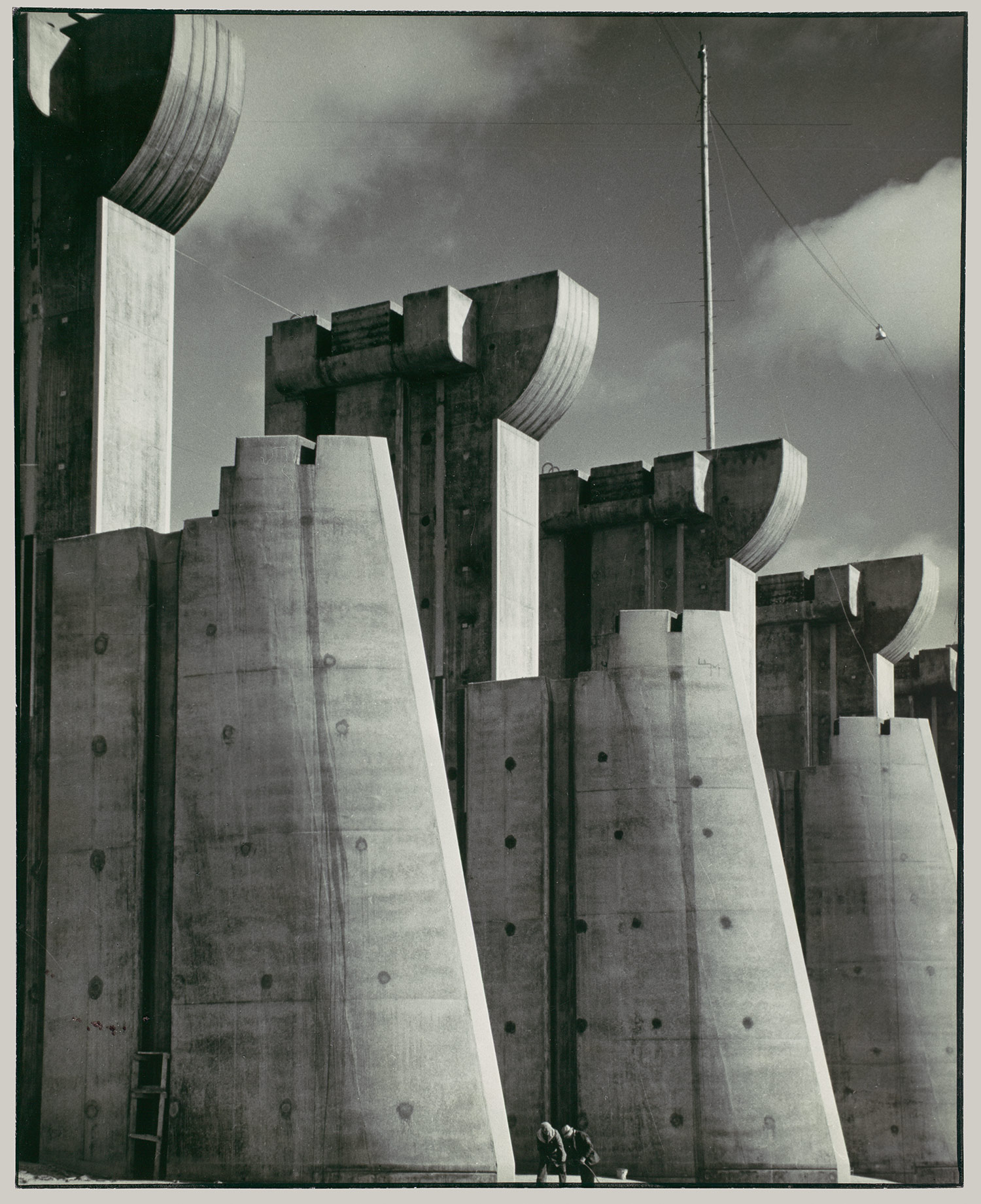As my days of doing blogs for the school are almost over, I want to take this opportunity and talk a little bit about portfolios. The main point that I want to stress is that no matter what year or what class you are taking, you need to start thinking about your final portfolio presentation...right now! Every single shooting assignment is a chance for you to work on your portfolio, every single image should be taken thinking that this might be the one that will land you a shooting assignment in the future. It is better to have 300 great images where you get to choose 20-30 for a presentation than having less and then having to figure out how are you going to fill the empty areas.
If you are doing a 4-year degree, your last class is going to be PH430 Photography Portfolio. In this class there are going to be several areas that you will be presenting to your professor and working toward you last portfolio presentation. This class is different from the e-folio class, and all the work you did on e-folio will be used again on PH430. Here are some of the things that you will be working in your last class:
1. Portfolio, both in physical and online form
2. Mission, vision and artist statements
3. Presentation of your website
4. Branding, marketing and targeting of audience
5. Advertisement as well as left behind promotional materials
6. Example of your business card
7. Social media interaction and presence
Sounds like a lot? Don't worry, you will be working on every aspect I mentioned above in other classes before getting to your last one. The important thing is that you should be working on your brand in every class you take.
If you are going to be involved in Portraiture, use every class to build on it. Every image of a subject or model should be geared and be the best you can produce, regardless of the assignment parameters. Practice your posing techniques as well as your lighting schemes, make them interesting and with variety so you can use them later on.
If your area is going to be Fine Art or Architectural, be sure to take the Architectural Photography class and take the chance to build on your images. You can also use the other classes such as Photo Essay, e-folio, and others to build on your images, techniques and variety in presentation.
Here are some sites that I hope will inspire you in some way toward creation of a unique presentation of your website and portfolio.
http://www.hongkiat.com/blog/50-great-photographers-you-should-know/
http://www.1stwebdesigner.com/inspiration/photographers-portfolio/
http://www.tripwiremagazine.com/2013/06/wordpress-photography-website-templates.html
Having problems with your branding? Here is some help, hope it is useful for you.
http://www.iheartfaces.com/2011/06/branding-mistakes/
http://photographyspark.com/photography-branding-tips-ideas-for-studios/
http://digital-photography-school.com/ready-branding-your-photography-business-part-1-logos
Do you have a business card for your business? Check out these two sites.
http://www.zazzle.com/photography+businesscards
http://us.moo.com/products/business-cards.html
I really hope all this information helps anyone out there, but remember the most important action right now is to get into the habit of using any photography assignment as a way to improve and build toward your portfolio. By the way, on your last class, there will be shooting assignments, I am using them to explore and increase my presence and enhance my portfolio. hope you can all do it when the time comes!
Until next Year, this is your Tuesday Ambassador!
Have a great pixel full day!
And of course, be safe and have a HAPPY NEW YEAR!!!












.jpg)

















